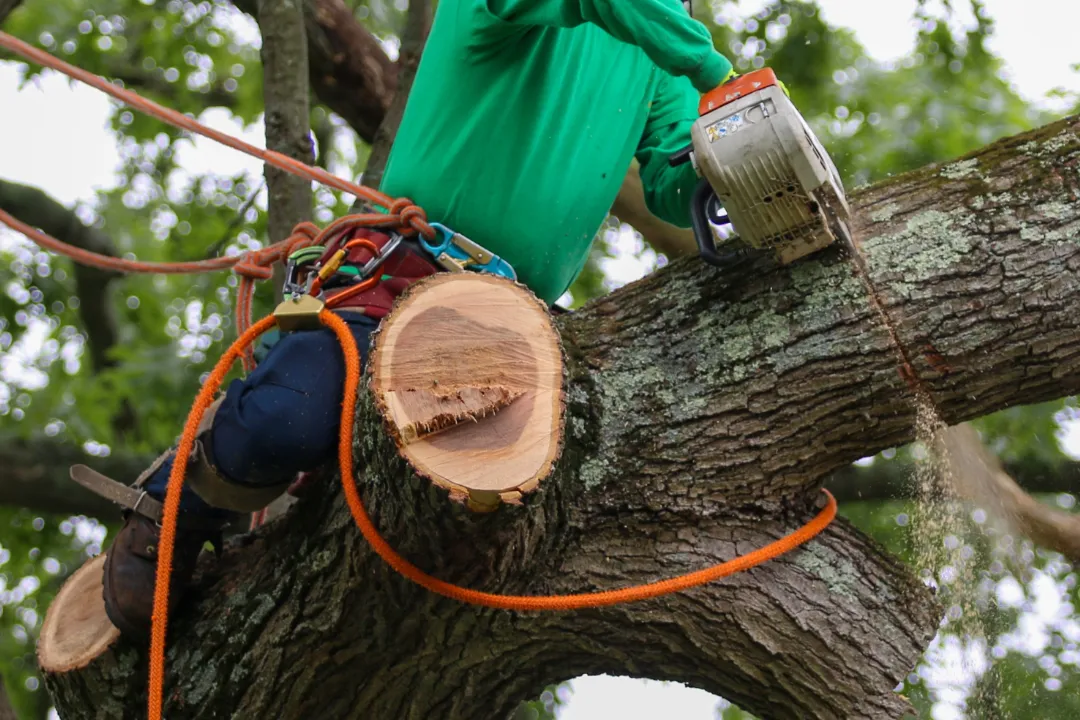All Categories
Featured
The removal of trees can create open areas that are at risk to weed intrusion. When trees are existing, their dense canopies often color the ground, restricting the amount of sunlight that reaches the soil. However, after the removal of trees, these open locations receive raised sunshine, giving excellent problems for weed growth.

They may advise the use of mulch, which acts as a safety obstacle on the soil surface area, avoiding weed seeds from sprouting and reducing weed development.

The presence of trees fosters an abundant and diverse area of dirt germs. Tree roots provide a resource of natural matter, exudates, and nutrients that support the development and activity of beneficial soil microbes. Nonetheless, when trees are eliminated, the lack of their roots can disrupt the delicate balance of the dirt's microbial ecological community.
What Do Palm Tree Removal Wollongong Services Include?
This change in pH can influence nutrition schedule, microbial task, and overall soil health and wellness. To deal with the effects of tree cutting on soil pH, tree elimination specialists can supply useful guidance. They may suggest dirt testing to evaluate the existing pH degrees and figure out the required adjustments. Based upon the outcomes, experts can recommend pH change techniques, such as adding lime to elevate soil pH or including elemental sulfur to decrease it.

It describes the compression of soil bits, leading to decreased pore area and boosted soil density. This compaction can negatively affect the dirt's capacity to work optimally, impacting its water-holding capacity, vitamins and mineral schedule, and origin infiltration. Proper methods utilized by tree removal experts can help decrease compaction and protect the soil's ability to maintain water, and allow for ample airflow and mindful devices handling.
Latest Posts
Is It Worth Paying For Tree Cutting Wollongong?
What Is The Best Spring Tree Cutting Wollongong
Who Has The Best Tree Services Wollongong Service?